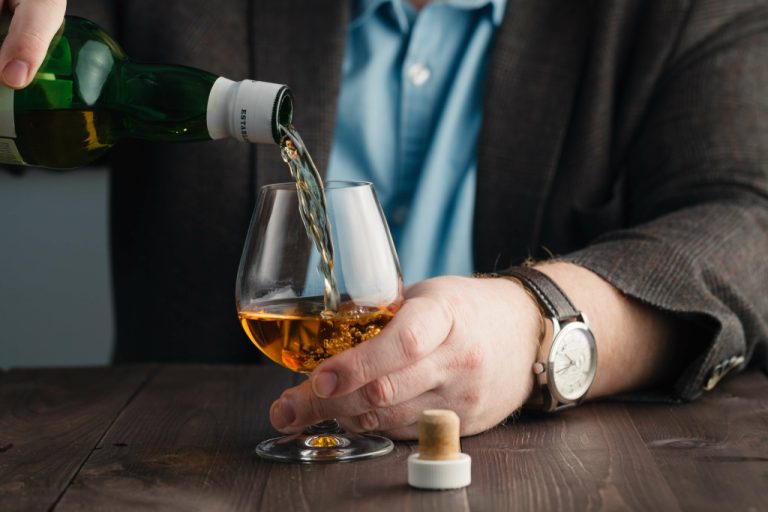People often hold their feelings in and keep them so guarded that it’s hard to sort everything out. However, unprocessed emotions still hurt us, and finding a way to get them out through expression can help us cope with such feelings. When someone was young, they may have been told that coloring within art therapy for addiction ideas the lines was a sign of growth, that maturity meant structure. Unfortunately, this was often bad advice, and not only limited the creative side of the brain but may have worked to turn people off to the creative process. Art therapy works to undo this thinking and open up all sorts of possibilities.
Drama therapist and Entrepreneur announces the launch of her new … – USA TODAY
Drama therapist and Entrepreneur announces the launch of her new ….
Posted: Thu, 26 Oct 2023 19:15:33 GMT [source]
It is not uncommon for someone who is scared of, or thinks that they are really bad at art, to realize its healing power once the right materials are given to them for expression. How does one discuss emotional states with a therapist when they can’t even sort out the emotions in their head? Fortunately, there is a growing form of treatment backed by scientific evidence that can express these emotions and get out feelings that might otherwise be trapped in a person’s head. Whether you are struggling with substance abuse, a mental disorder or both, our team of experts can help you get your life back on track.
Art And Addiction Treatment
Data for this study were collected between June 2009 and January 2012 from a national sample of SUD treatment organizations. Centers for the study were randomly sampled from the Substance Abuse Treatment Facility Locator, a directory supported by the Substance Abuse and Mental Health Services Administration (SAMHSA). Treatment programs had at least 25% of their patients admitted with alcohol as a primary substance abuse problem. Centers screened as ineligible during a telephone screening were replaced by a random selection of alternate treatment centers.
- It can possibly ease the withdrawal of someone in recovery from a substance abuse disorder.
- They can also decorate or paint a wooden box that will hold the memorable items or self-care trinkets.
- It is not uncommon for someone who is scared of, or thinks that they are really bad at art, to realize its healing power once the right materials are given to them for expression.
- With thank you cards, participants can also paint, draw, or even craft their cards to put a more personal touch on them.
- Art therapy allows people to access and explore their unconscious thoughts and emotions.
Whether it’s a piece of jewelry, a keychain or clothing, you can add images, words or colors that remind you of how you want to feel. If you or a loved one are suffering from substance abuse disorder, know that you are not alone. As alone as you may feel, there are many people out there who are dealing with the exact same issues and are finding their path to healing every day. Combined with talk therapy, art therapy can help people process emotions while improving self-confidence and self-awareness. There is no definitive reason that explains why people experience substance use disorders (SUDs).
Combining Art and Music Therapy with Conventional Treatment Approaches
Peggy Kolodny MA, ATR-BC LCPAT, licensed art therapist, is adjunct clinical faculty at University of Maryland School of Social Work, Notre Dame of Maryland University as well as multiple professional institutes. She has a trauma-focused art psychotherapy private practice with Level 2 certificates in EMDR and IFS (Internal Family Systems). Art therapy is a therapeutic approach that promotes healing by tapping into and revealing an individual’s deepest thoughts and feelings through the arts. Practitioners have completed training in both art and therapy. Participants with grief noticed an improvement in cognitive and emotional coping.
If you or a loved one are suffering with substance abuse or addiction and want further help, Contact Steps Recovery Centers. Many people who experience art therapy for the first time are surprised at the way it opens them up to new forms of treatment. Art therapy, as we have mentioned above, may actually physically change the brain into a more positive manner open to healing.
Watercolor Your Emotions
But what we’re seeing in this warming world is that it’s not just the ocean surface temperatures that are warming. This course discusses the use of art therapy processes tailored for the treatment of trauma using the Internal Family Systems (IFS) model. It includes an overview of the IFS model, parallels between art therapy and IFS, examples of IFS specific art interventions and case material. She felt that when individuals talked through this creative process with a therapist, they could come to understand what their artwork was revealing to them about themselves. This understanding would, in turn, promote psychological healing. Although these exercises take place under the guidance of an art therapist, what emerges should be the unfiltered responses of the individual.
